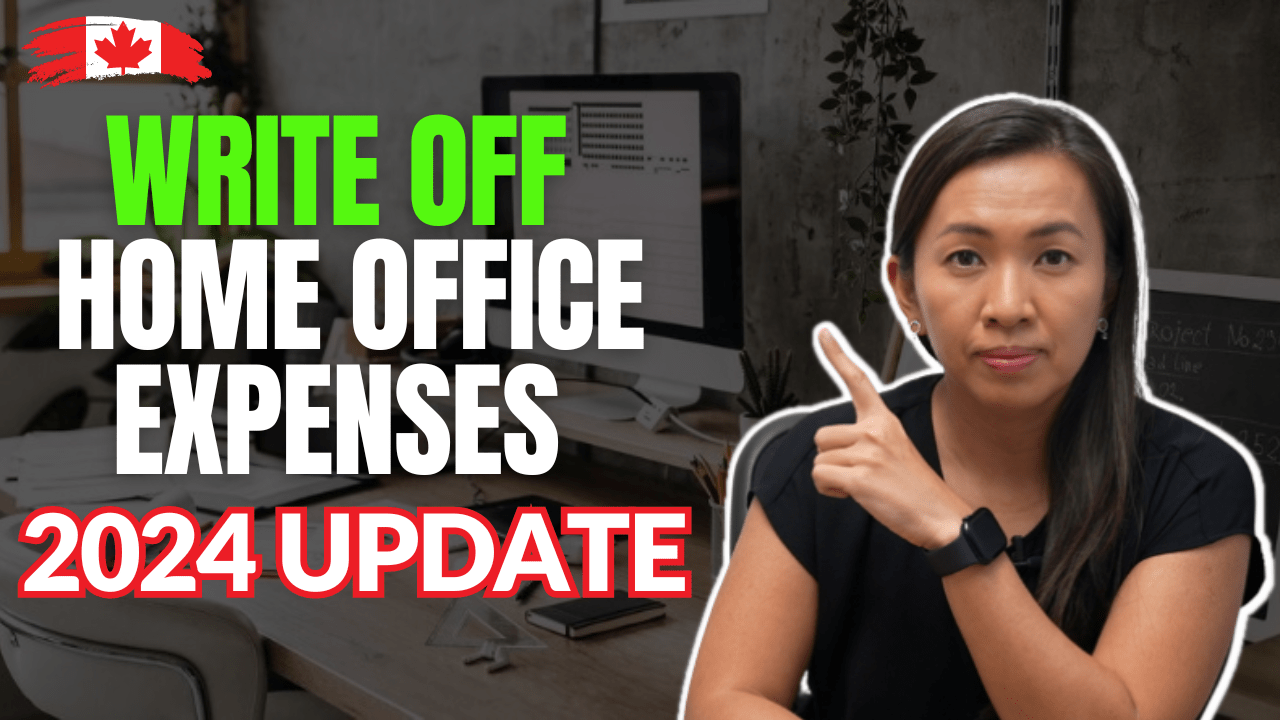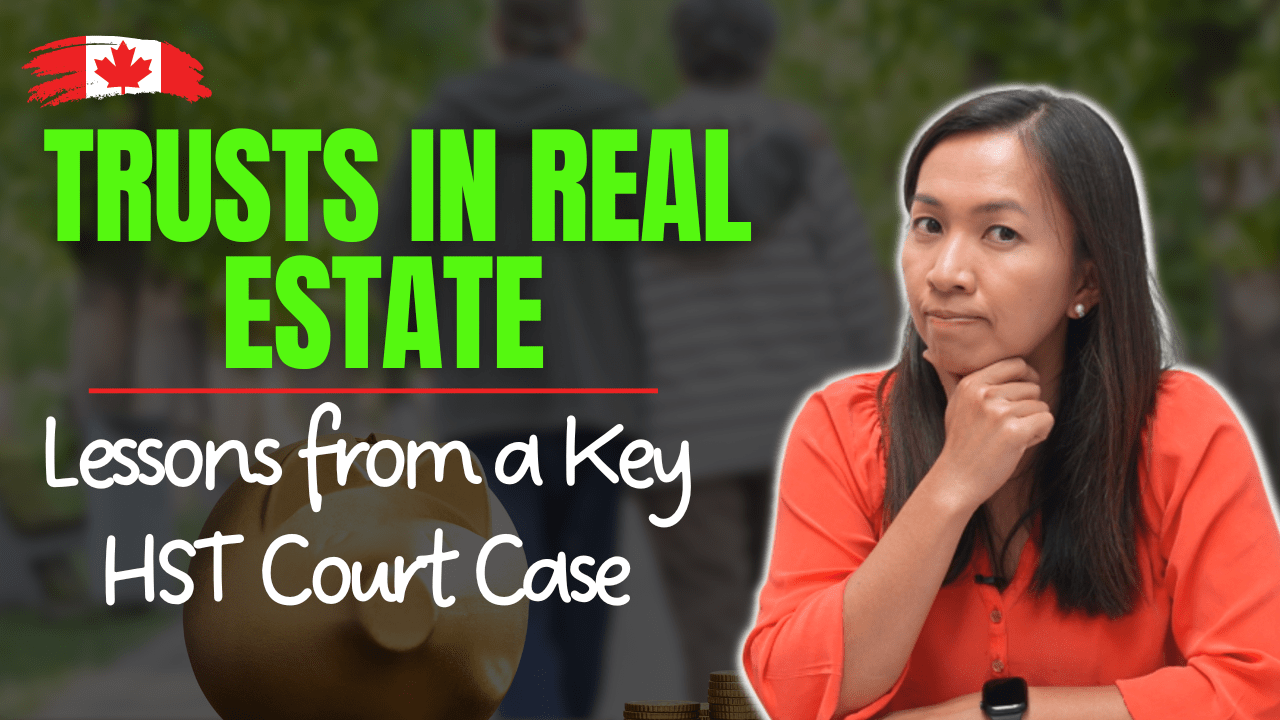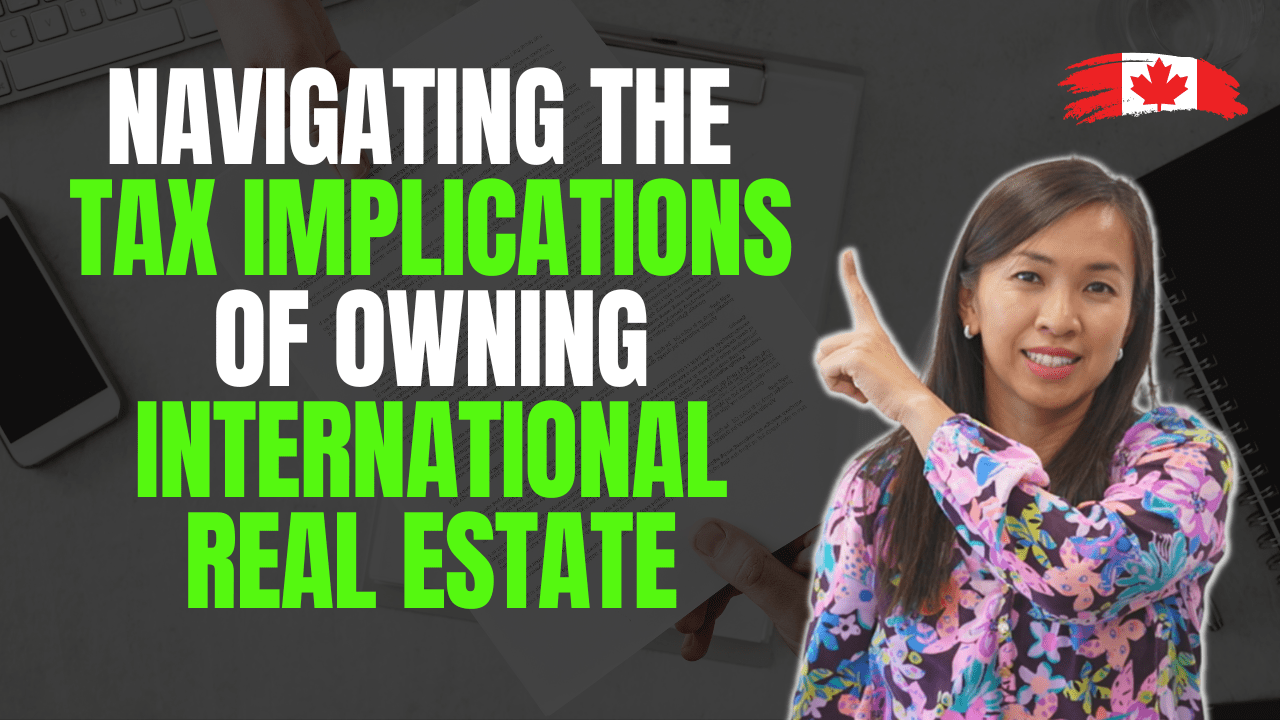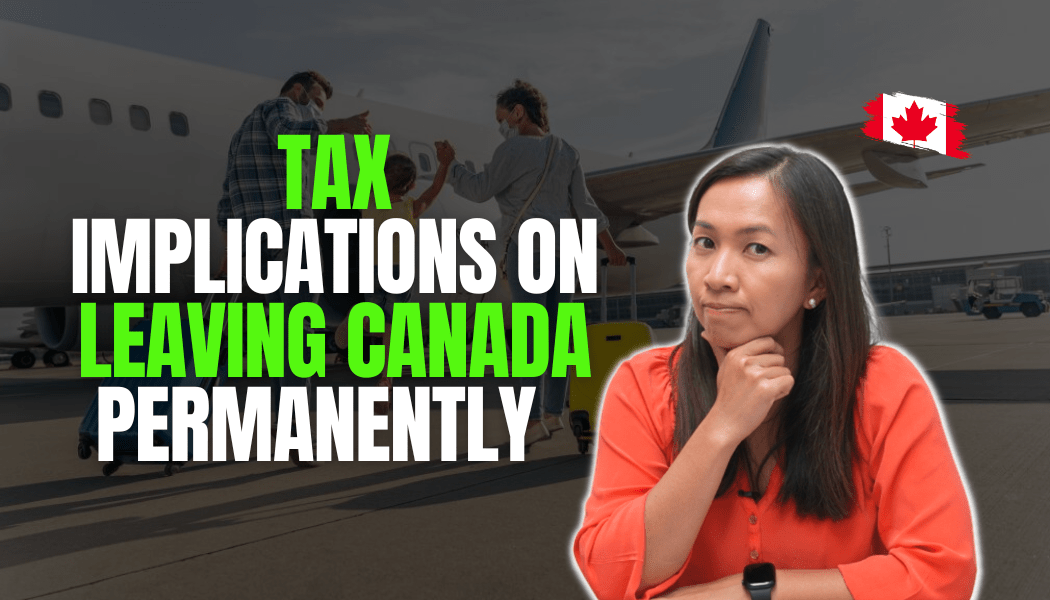I just got a letter from the government saying that the Universal Child Care Benefits (UCCB) is now increased to $160 per child for children under the age of 6.
This is even retroactive to the beginning of this year. So I have had a big fat UCCB cheque deposited to my bank account.
This program has also been extended to cover families who have children between ages 6 to 17.
Of course, it’s always nice to have some sort of benefits going into our bank account, especially since we have paid so much income tax in Canada.
BUT… there is no free lunch in this world. So when the government is writing cheques to all Canadian families with children subsidizing their childcare expenses or any other activities their parents see fit, what are the cost associating with these cheques?
 Recently, I started reading the book “Guide to Invest in Gold and Silver” written by Michael Maloney.
Recently, I started reading the book “Guide to Invest in Gold and Silver” written by Michael Maloney.
In the first half of the book that I finished, it talks about how the US government had setup so many new public programs that they don’t know how to fund them in the future. These are called unfunded liabilities.
In the Canadian context, the unfunded liabilities include government programs such as the Canada Pension Plan, Old Age Security, and Medicare. They are unfunded because the money raised for these liabilities are not sufficient enough to cover the future expected pay out.
UCCB is also a program that requires future government commitment. (This can change depending on who you are electing as our next Prime Minister of Canada.)
From the report titled Canadian Government Debt 2014 written by Fraser Institute, we have about $1.2 trillion direct debt, which are recorded on the books of government balance sheet, and just about $2.2 trillion of unfunded liabilities including CPP, OAS and Medicare. On top of these, we have another $0.61 trillion of other liabilities and commitments, a total of $4.1 trillion.
The following chart from the same report is best to sum it up:
 (image source)
(image source)
So, a whopping $243,476 per taxpayer! Each taxpayer is liable for $243,476 of Canadian government’s debt.
With the additional money offered by the government for our kids, this number will just keep going up!
One of the ways the government has been using to pay off their debt is to print more currency, according to Guide to invest in Gold and Silver. Our currency isn’t tied to any finite amount of physical assets. The government is free to print whatever amount of paper currency they want.
This is exactly what has been happening. Printing currency to pay off all the programs that the government agrees to provide these days.
To win votes, the political parties are promising more and more these days.
But have any of them actually thought about how to fund them? Not really.
According to Michael Maloney, we all lose when our government prints more paper bills. The hard earned dollars that we thought we were making will not be able to purchase as much as it used to. He used the term “invisible tax” to describe this lost of purchasing power.
Unfortunately, we don’t have control in how much the government is printing.
Be aware of the “invisible tax” when you spend your money. Know the cost associated with it and make good use of the extra cash!
Until next time, happy Canadian real estate investing.
Cherry Chan, CPA, CA
Your Real Estate Accountant




